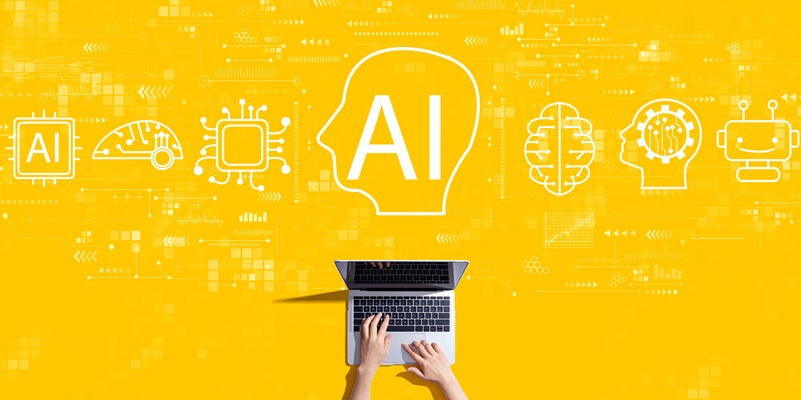The field of Artificial Intelligence (AI) is on the verge of transitioning from its growth phase to production, and experts predict that this shift will occur in 2024. As this transition takes place, the demand for storage hardware is expected to increase significantly. This article explores the various factors influencing this shift and its implications for the storage industry.
Lack of Storage Hardware Innovation in 2023
In the previous year, there was a noticeable lack of innovative storage hardware production by vendors. This dearth of innovation has raised concerns regarding its impact on AI development and the rapidly growing demands for storage. Without continued advancements in storage technology, the AI industry may face limitations in its quest for progress.
Rush to Invest in AI Services and Its Impact on Storage
The burgeoning demand for AI services has spurred a rush among organizations to invest in this transformative technology. While this rush has its merits, it has also inadvertently slowed down the recovery of storage. With businesses rushing to meet AI demands, storage infrastructure is struggling to keep pace, potentially leading to bottlenecks and inefficiencies.
Storage Requirements for AI Servers Using Flash Technology
AI servers equipped with flash storage require faster and more efficient storage solutions. While the demands for storage will undoubtedly increase with the production phase of AI, it is crucial to assess the extent of this increased demand. While substantial, it may not be as overwhelming as initially expected.
Declining Revenue and Sales for Leading HDD Suppliers
Unfortunately, leading global HDD suppliers such as Seagate and Western Digital have experienced a decline in revenue and sales in 2023. These suppliers primarily cater to major cloud providers, which have undergone a slump in demand. This decline has significantly impacted the HDD market and has implications for the storage industry as a whole.
Dependency on Major Cloud Providers as Primary Customers
HDD vendors currently face a significant challenge: their primary customers are major cloud providers. The decreased demand for storage from these providers has left HDD vendors grappling with a downturn in sales. To remain viable, these vendors must pivot their strategies and diversify their customer base.
Dominance of Hard Drives as the Primary Storage Medium
Despite significant improvements in NAND-based media such as Solid State Drives (SSDs), hard drives continue to be the primary storage medium for business data. Up to 90% of business data is still stored on hard drives. This dominance can be attributed to factors such as cost-effectiveness, reliability, and the requirement for large storage capacities.
Potential Shift in Demand and Recovery in Cloud Services
While demand from major cloud vendors has been down recently, there are indications of recovery. As the global economy rebounds and organizations resume their AI initiatives, storage demands are expected to rise. This renewed demand could potentially alleviate the pressure on HDD vendors and stimulate the storage industry.
Dependence of NAND Flash Suppliers on Cloud Companies
NAND flash suppliers have become increasingly dependent on cloud companies for their sales. This reliance poses risks to both the storage industry and AI development. Fluctuations in cloud providers’ purchasing habits directly impact NAND flash suppliers, highlighting the need for diversification in the supply chain.
Future Storage Demands in the AI Production Phase
As customers progress from AI implementation to the production phase, the demand for storage will surge. Large language models, research data, and other AI-driven applications will require substantial storage capacity. The storage industry must be prepared to meet these demands to ensure smooth AI operations.
The imminent shift of AI from its growth phase to production harbors significant implications for the storage hardware industry. The lack of innovation in storage hardware in 2023, dependence on major cloud providers, and the dominance of hard drives are factors that demand careful consideration. As AI moves into production, businesses must prioritize storage solutions that can support large language models, research data, and other AI applications. Collaborations between AI experts and storage vendors will be vital in shaping the future of AI development and storage technology.

